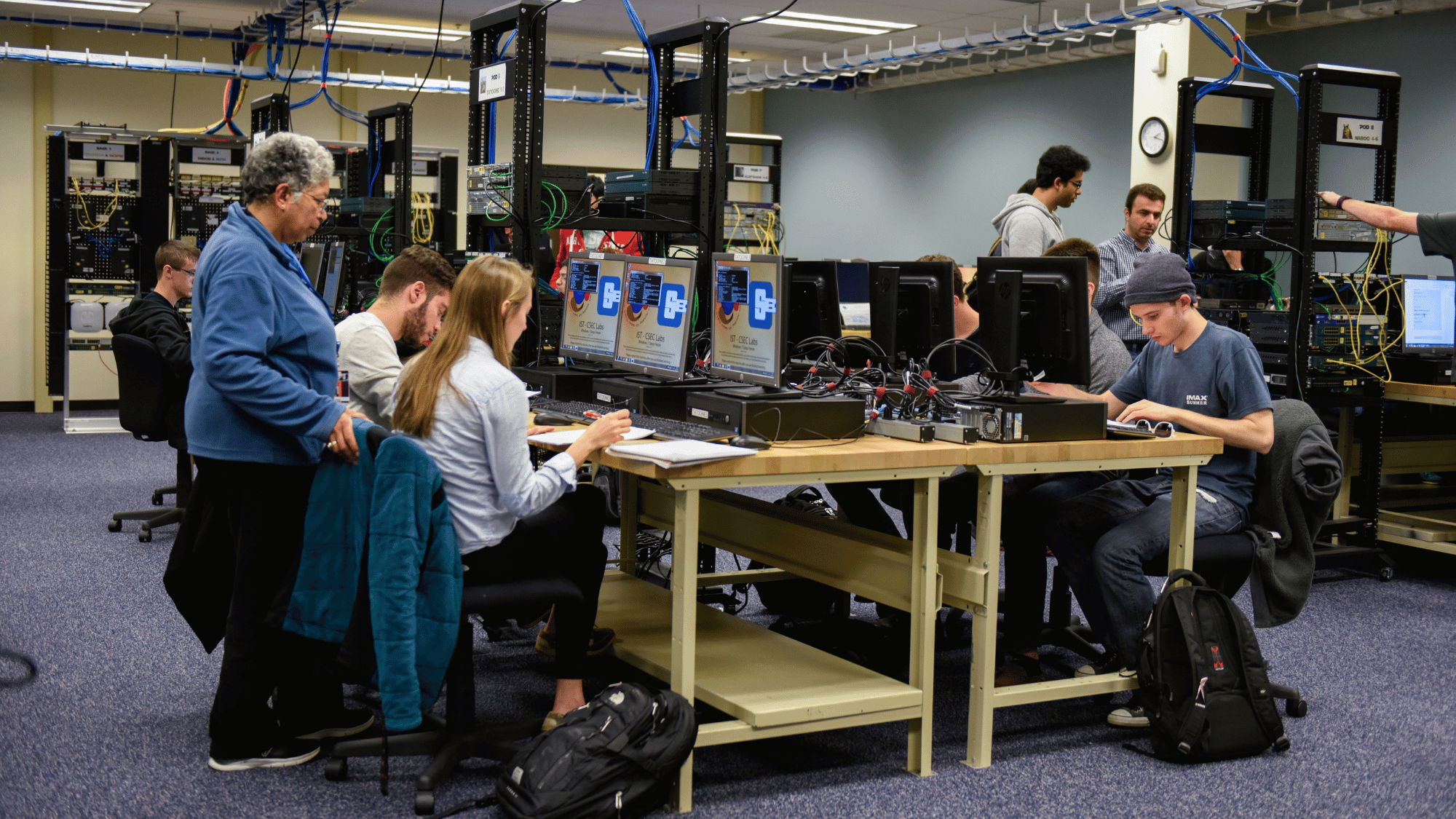Trust and Bias: Guiding Communication through Visualizations
Effective communication is important in all areas of life, but especially so in health domains. The recent pandemic underscored the critical need for clear communication regarding preventive, protective, and containment measures. In this talk, Dr. Hidy Kong will demonstrate the role of quantitative and qualitative elements in visualizations and infographics for enhancing communication. She will then discuss the complexities surrounding trust and bias in data visualizations for communication and how they could impact recall and interpretation of information.
Abstract
In this talk, I will demonstrate the role of quantitative and qualitative elements in visualizations and infographics for enhancing communication. Effective communication is important in all areas of life, but especially so in health domains. The recent pandemic underscored the critical need for clear communication regarding preventive, protective, and containment measures. Furthermore, effective communication between clinicians and parents of young children with developmental delays was shown to decrease parents’ anxiety, help them handle bad news, and improve their adherence to proposed interventions.
My presentation will delve into the use of infographics in public health and a data visualization webtool in a pediatric setting, encompassing both the practical application and the cognitive perception of visual presentations. Furthermore, I will discuss the complexities surrounding trust and bias in data visualizations for communication and how they could impact recall and interpretation of information. Lastly, I will present my ongoing work in applying these findings to assist qualitative researchers in deriving meaningful insights from qualitative interview data.
Bio
Hidy Kong is an assistant professor in the iSchool in the Golisano College of Computing and Information Sciences at Rochester Institute of Technology (RIT). Before joining RIT, she was an assistant professor in Computer Science at Seattle University. She obtained her Ph.D. in Computer Science at the University of Illinois at Urbana-Champaign, and holds bachelor's degrees in Computer Science and Music from Calvin College.
Her research examines cognitive theories and practical application of visualization for communication, especially in the healthcare domain. Recent research projects looked at credibility and trust in visualization online, and how visualization can help clinicians and parents of young children communicate more efficiently. The results of her work have been published at top-tier venues for Human-Computer Interaction, including CHI and CSCW, and at medical conferences and journals such as AMIA and JAMIA.













